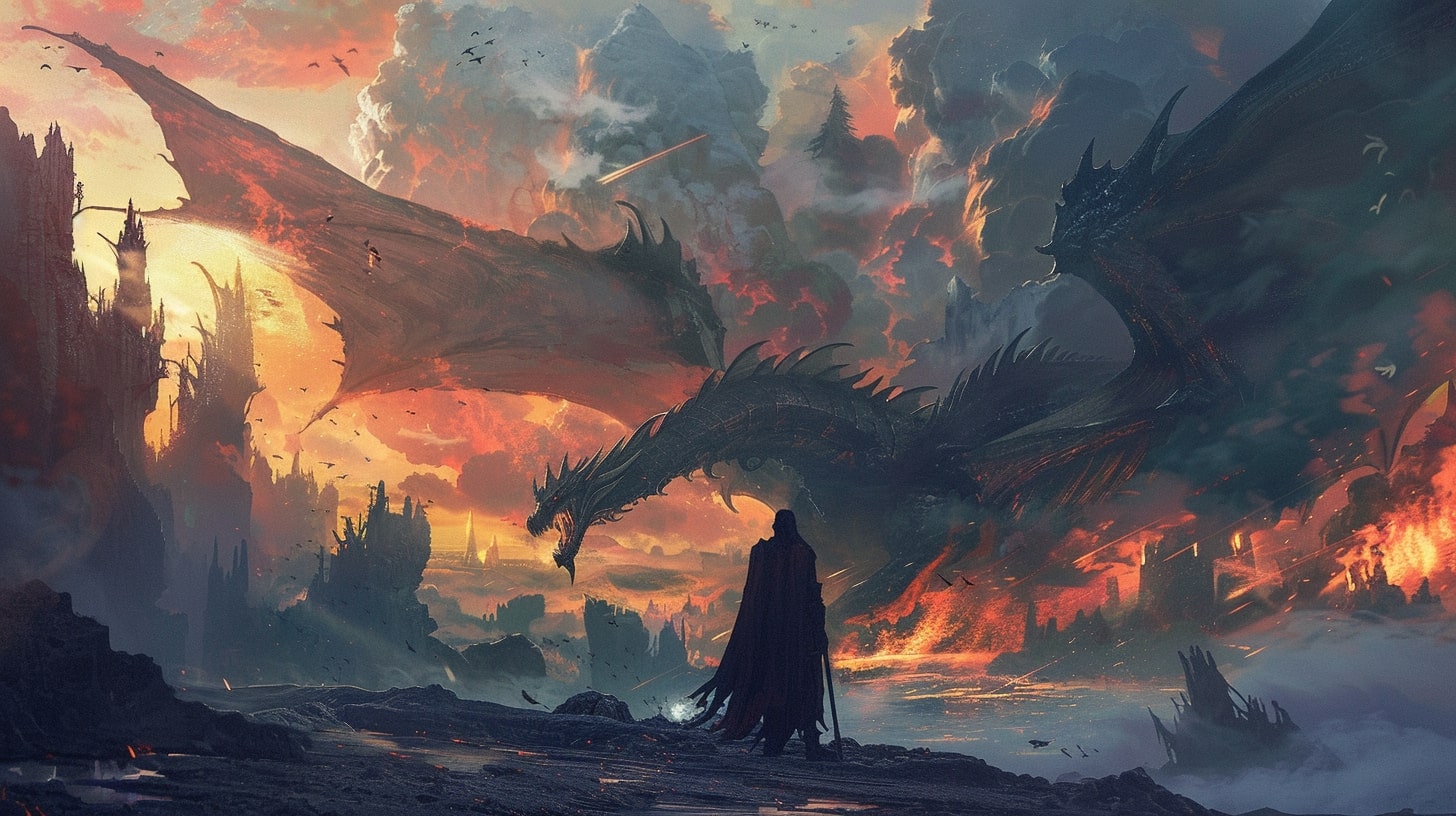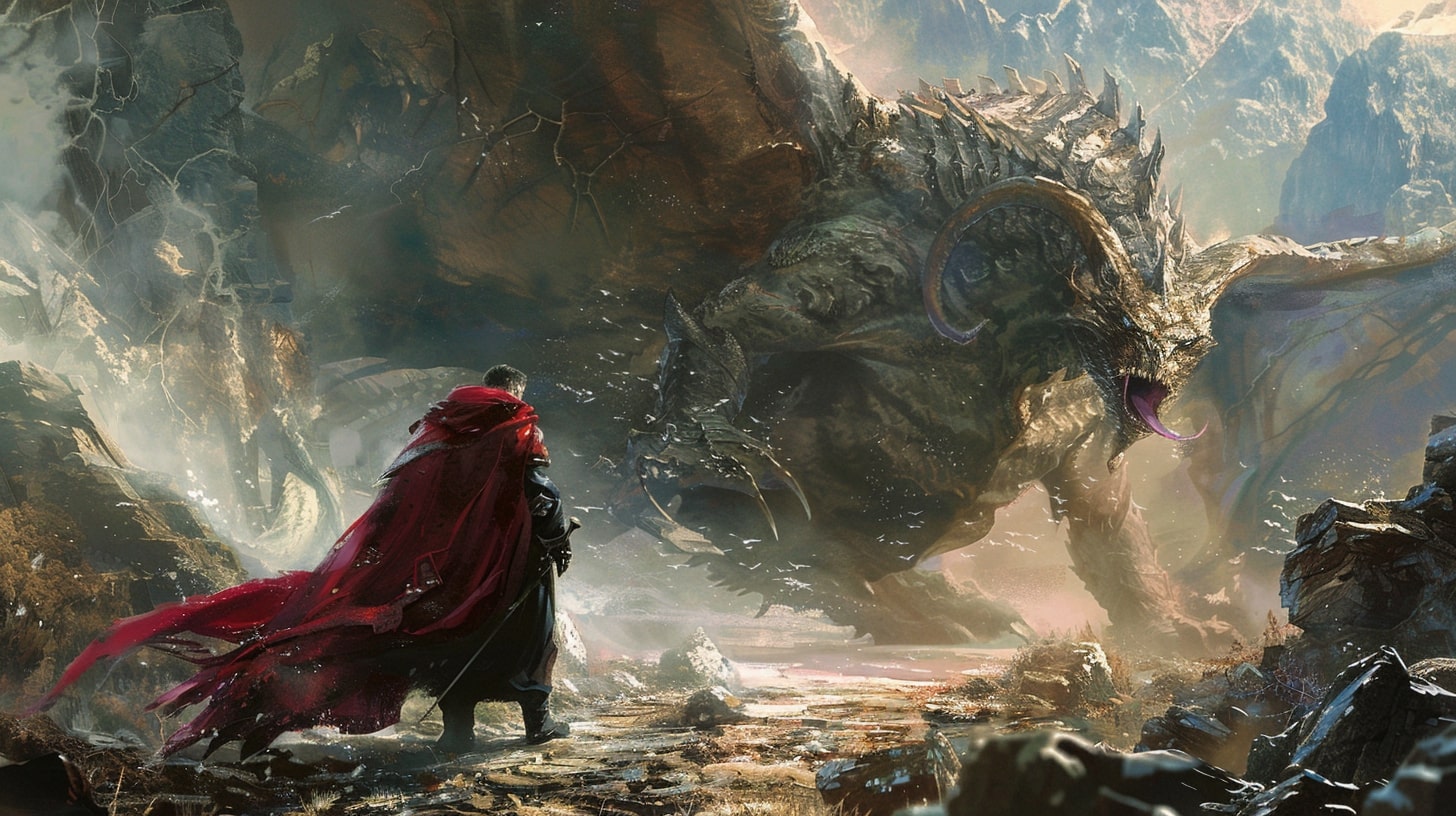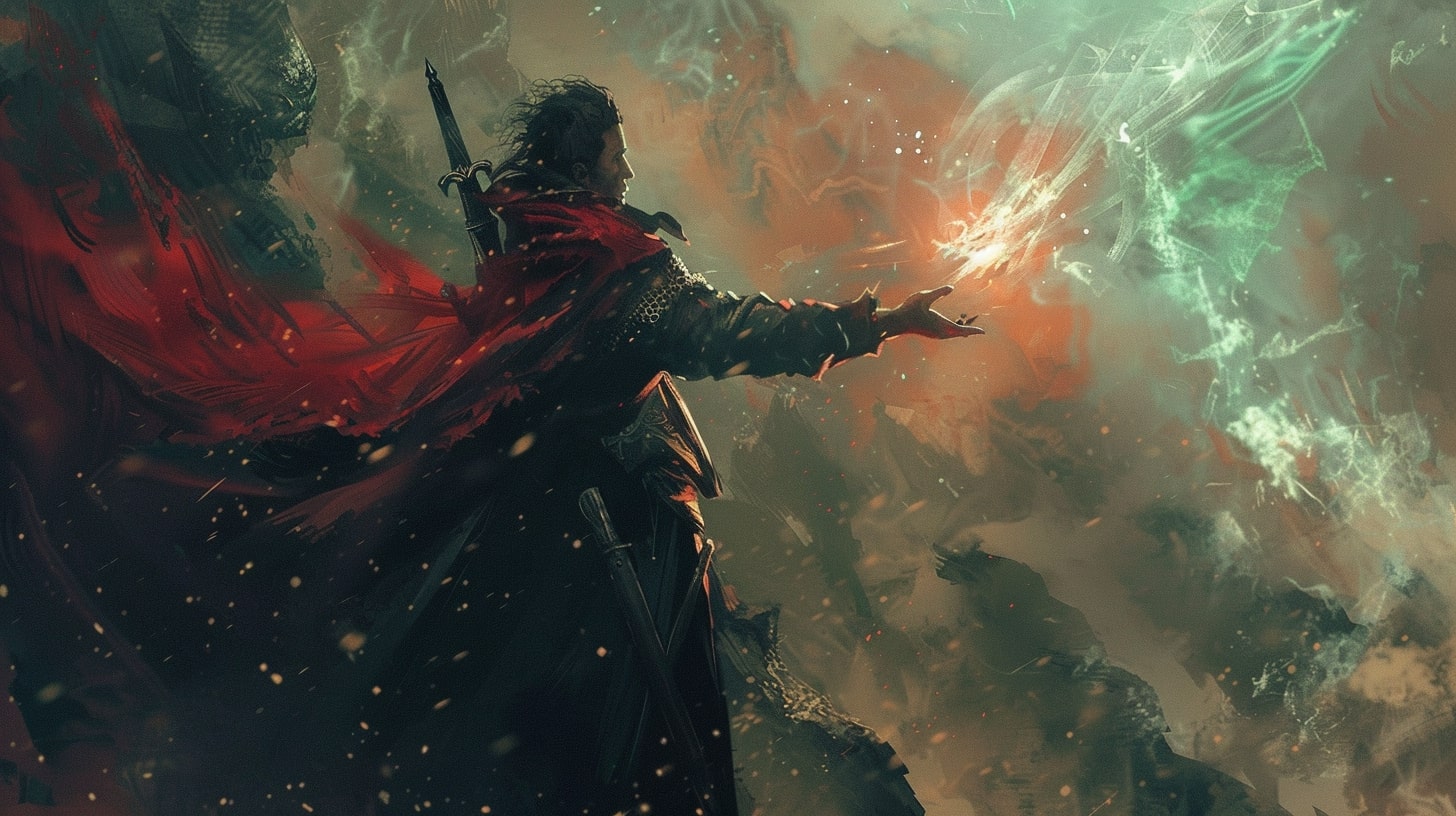Unleashing the Power of Character-Driven Storytelling
Ah, character-driven narratives. They have a certain magic, don’t they? It’s like watching your favorite character leap off the pages and into your heart. But what exactly makes these stories so captivating? And what role do characters play in building engaging tales? Let’s find out!
What Makes Character-Driven Narratives So Captivating?
Imagine this: You’re reading a book, and you can’t help but get lost in the world the author has created. The plot is intriguing, the setting is vivid, but what truly grabs your attention? The characters. They are the soul of any story, the driving force that keeps you turning page after page.
Character-driven narratives focus on the emotional journeys of the characters, their growth, and the relationships they form. These stories allow you, as the reader, to connect with the characters on a deeper level. You laugh with them, cry with them, and experience their triumphs and failures right alongside them. It’s this emotional investment that makes character-driven narratives so compelling.
In these stories, the characters take center stage, and their actions and choices propel the plot forward. You become invested in their hopes, dreams, and struggles, rooting for them to succeed. It’s like having a front-row seat to their personal journeys, witnessing their transformation and growth. And who doesn’t love a good transformation, right?
The Role of Characters in Building Engaging Stories
Characters are the building blocks of any engaging story. They bring the world to life, infusing it with their personalities, quirks, and flaws. Without strong and relatable characters, even the most thrilling plot can fall flat.
In character-driven narratives, the focus is not just on the events unfolding but on how these events impact the characters. Through their eyes, you experience the story’s twists and turns, feeling their joy, pain, and everything in between. It’s like going on an emotional roller coaster ride, and the characters are your trusty companions.
These characters become your guides, your confidants, and sometimes even your friends. They allow you to explore different perspectives, cultures, and experiences. They become a mirror, reflecting your own hopes, fears, and dreams back at you. And when you can see yourself in a character, it creates a bond that keeps you invested until the very end.
So, embrace the power of character-driven narratives. Let your characters take the reins and lead you on a journey you’ll never forget. Who knows? You might discover a character who becomes a lifelong friend. And that’s the kind of friendship that can only be found in the pages of a truly captivating story.
Now that we’ve uncovered the allure of character-driven narratives, let’s dive deeper into the art of developing dynamic characters. Join us in the next section as we explore the secrets to creating complex and relatable protagonists, as well as crafting memorable antagonists and supporting characters. There’s a whole world of character development waiting for you!

Developing Dynamic Characters
When it comes to character-driven storytelling, the key to captivating your readers lies in creating dynamic characters. These characters are the heart and soul of your story, driving the narrative forward and keeping readers engaged. In this section, we will explore how to develop complex and relatable protagonists, as well as craft memorable antagonists and supporting characters.
Creating Complex and Relatable Protagonists
To create a protagonist that truly resonates with your readers, it’s important to develop a character that is both complex and relatable. Start by giving your protagonist a unique blend of personality traits that make them interesting and multi-dimensional. Think about their strengths, weaknesses, quirks, and flaws. For inspiration, check out our article on character personality traits.
In addition to traits, delve into your protagonist’s backstory and motivations. Understanding where they came from and what drives them will help you shape their actions and decisions throughout the story. Their goals and objectives should be clear and compelling, providing a strong foundation for their character arc. Need help brainstorming backstory ideas? Visit our article on character backstory ideas.
Crafting Memorable Antagonists and Supporting Characters
While the protagonist takes center stage, your story also needs well-crafted antagonists and supporting characters to add depth and complexity. Antagonists serve as the primary source of conflict and opposition to the protagonist. Develop them as more than just “villains” by exploring their own motivations, goals, and flaws. A compelling antagonist can make the story truly come alive. For more insights on creating a compelling antagonist, visit our article on developing a compelling antagonist.
Supporting characters, on the other hand, play important roles in the protagonist’s journey. They can be friends, mentors, or even foils to the protagonist. Each supporting character should have their own distinct personality, goals, and relationships with other characters. This diversity adds richness and depth to your story. For tips on creating compelling supporting characters, check out our article on developing complex characters.
By developing dynamic characters, both protagonists and supporting cast, you create a strong foundation for a character-driven narrative. Remember to keep their traits, backstories, motivations, and relationships well-defined and consistent throughout the story. This will ensure that your characters resonate with readers, drawing them further into the world you’ve created.

Breathing Life into Your Characters
To create compelling and memorable characters in your stories, it’s essential to breathe life into them by delving into their backstories and motivations and exploring their character arcs and growth.
Delving into Backstories and Motivations
To truly understand your characters, it’s important to delve into their backstories and motivations. Backstories provide a glimpse into a character’s past, shaping who they are and why they behave the way they do. By knowing their backstory, you can create well-rounded characters with believable experiences and motivations that drive their actions.
Consider asking yourself questions about your characters’ upbringing, past experiences, and significant events that have shaped them. This will help you develop a deeper understanding of their personalities, fears, and desires. For more ideas on character backstories, check out our article on character backstory ideas.
Understanding your characters’ motivations is equally important. What drives them to act? What are their goals and aspirations? By unraveling their motivations, you can create characters with depth and purpose, making their actions and decisions more believable. Remember, characters with strong motivations are more likely to engage readers and keep them invested in the story. For tips on developing character motivations, check out our article on character motivation in writing.
Exploring Character Arcs and Growth
Character arcs are an essential element of character-driven storytelling. A character arc refers to the emotional and psychological transformation a character undergoes throughout the course of a story. By taking your characters on a journey of growth and change, you can create dynamic and engaging narratives.
Consider the starting point of your character and how they evolve by the end of the story. Do they overcome their fears? Do they learn valuable lessons? Mapping out their arc will help you understand how their experiences and interactions shape their development. For more insights into character arcs, explore our article on character arc in storytelling.
Character growth is closely tied to their arc. As your characters face challenges and obstacles, they should evolve and grow, both emotionally and psychologically. This growth allows readers to connect with the characters on a deeper level and root for their success. To explore different techniques for character growth and transformation, check out our article on character growth and transformation.
By delving into your characters’ backstories and motivations and exploring their character arcs and growth, you can create fully realized and dynamic characters that resonate with readers. Remember to keep their journeys authentic and consistent with the world you’ve created. With well-developed characters, your stories will come alive, captivating readers from beginning to end.

The Art of Dialogue and Character Interaction
In character-driven storytelling, dialogue plays a vital role in bringing your characters to life and driving the narrative forward. Writing authentic and engaging dialogue is key to immersing your readers in the world you’ve created. Additionally, showcasing relationships and conflict through dialogue adds depth and complexity to your characters and their interactions.
Writing Authentic and Engaging Dialogue
To create dialogue that feels authentic, it’s important to give each character a distinct voice. Consider their background, personality, and character traits when crafting their speech. Think about how they would express themselves and the unique phrases or vocabulary they might use. This helps readers differentiate between characters and adds depth to their personalities.
Engaging dialogue moves the story forward and reveals information about the characters and their motivations. Avoid long, rambling conversations that don’t contribute to the plot or reveal something new. Instead, focus on dialogue that advances the story, builds tension, or showcases the characters’ emotions and conflicts. Remember, less can be more when it comes to dialogue. Sometimes what is left unsaid can be just as powerful as the spoken words.
Showcasing Relationships and Conflict
Dialogue is an excellent tool for showcasing the relationships between your characters. Through their interactions, readers can glean insights into the dynamics between them. Consider how characters speak to each other – their tone, choice of words, and body language. These subtle cues can convey underlying emotions and power dynamics.
Conflict is a driving force in storytelling, and dialogue can be a powerful way to showcase it. Whether it’s a heated argument, a tense negotiation, or a subtle exchange of barbs, conflict-filled dialogue adds intrigue and keeps readers engaged. The clash of opposing viewpoints, goals, or values can lead to compelling character development and plot progression.
When crafting dialogue-driven conflict, ensure that it remains true to the characters involved. It should arise naturally from their personalities, motivations, and the circumstances they find themselves in. This authenticity will resonate with readers and make the conflict more impactful.
Remember, dialogue should serve a purpose beyond mere conversation. It should reveal information, build relationships, create tension, or drive the story forward. By writing authentic and engaging dialogue and showcasing relationships and conflict, you’ll breathe life into your characters and captivate your readers.
For more tips on character development and storytelling, check out our articles on character development in worldbuilding and character arc in storytelling.
Balancing Plot and Character
Finding the right balance between plot and character is essential in character-driven storytelling. Characters play a fundamental role in driving the story forward, while the plot provides the structure and framework for their development. In this section, we will explore the art of weaving characters into the fabric of the story and the power of character-driven plot twists.
Weaving Characters into the Fabric of the Story
When crafting a character-driven narrative, it’s important to seamlessly integrate your characters into the story. Each character should have a purpose and contribute to the overall plot. Think of your characters as the threads that weave the tapestry of your story. Their actions, decisions, and interactions should have a direct impact on the plot’s development.
To effectively weave characters into the story, it’s essential to consider their motivations, backstories, and relationships. These elements add depth and complexity to your characters, making them more relatable and engaging for your readers. Delve into their desires, fears, and conflicts to create fully realized individuals. For guidance on developing compelling characters, check out our article on character development in worldbuilding.
As the plot unfolds, make sure your characters face challenges and opportunities that push them to grow and change. Their development should be intertwined with the progression of the story. By doing so, you create a symbiotic relationship between plot and character, where each element enhances the other. This interplay between character and plot is what makes character-driven narratives so captivating.
The Power of Character-Driven Plot Twists
One of the greatest strengths of character-driven storytelling lies in the ability to deliver impactful plot twists that arise naturally from the characters themselves. These plot twists are unexpected turns that stem from the choices, actions, or revelations of the characters. They can be moments of revelation, conflict, or transformation that keep readers on the edge of their seats.
Character-driven plot twists have the power to deepen the emotional connection between readers and the story. When a twist arises organically from a character’s journey, it feels authentic and resonates more strongly with the audience. It can evoke surprise, shock, or even a sense of satisfaction when a character’s development leads to an unforeseen turn of events.
To create character-driven plot twists, consider the unique traits, flaws, and relationships of your characters. Think about how their choices and decisions can lead to unexpected consequences or revelations. By aligning the plot twists with the growth and transformation of your characters, you create a sense of cohesion and resonance that leaves a lasting impact.
Remember, finding the right balance between plot and character is a delicate dance. Let your characters guide the story while keeping the plot structured and engaging. By weaving your characters into the fabric of the story and utilizing character-driven plot twists, you can create a rich and compelling narrative that captivates your readers.
Embracing the Joys and Challenges of Character-Driven Storytelling
Ah, character-driven storytelling! It’s a journey filled with both joys and challenges. As a writer, you have the power to create deep connections with your readers through the captivating characters you bring to life. However, you must also be wary of losing sight of the plot amidst the endless exploration of your characters’ quirks and idiosyncrasies.
The Satisfaction of Creating Deep Connections with Readers
Picture this: you craft a complex protagonist with flaws and strengths that resonate with readers on a profound level. You delve into their deepest fears, dreams, and motivations. You take the time to develop their backstory, their relationships, and their character arc. And voila! You have created a character that tugs at the heartstrings of your readers, making them laugh, cry, and feel a genuine connection.
By investing in character development, you give readers the opportunity to walk in the shoes of your characters, experiencing their triumphs and tribulations firsthand. This emotional connection allows readers to become fully immersed in the story, eagerly turning each page to see what happens next. So, relish in the joy of creating characters that resonate and leave a lasting impact.
The Perils of Losing Sight of the Plot Amidst Character Exploration
Ah, but beware, dear writer, for there lies a perilous path in character-driven storytelling. As you dive deeper into the psyche of your characters, exploring every nook and cranny of their personalities, you may find yourself entangled in a web of endless character exploration. While it’s important to understand your characters and their motivations, it’s equally crucial to strike a balance between character development and plot progression.
Remember, you are the captain of the ship, steering the story towards its destination. Losing sight of the plot amidst character exploration can lead to meandering storylines and a lack of direction. So, keep a keen eye on the overarching plot, ensuring that your characters’ journeys align with the story’s purpose and drive the narrative forward.
To navigate this challenge, consider creating a roadmap for your story. Outline key plot points and milestones, allowing your characters to organically grow and respond to the events unfolding around them. By striking a harmonious balance between plot and character development, you can create a compelling narrative that keeps readers engrossed from beginning to end.
In the realm of character-driven storytelling, you have the power to create characters that come alive on the page, forging deep connections with your readers. But remember, you must also keep the plot in sight, ensuring that your characters’ journeys align with the narrative’s purpose. Embrace the joys, navigate the challenges, and embark on a storytelling adventure that captivates and resonates with your audience.





























